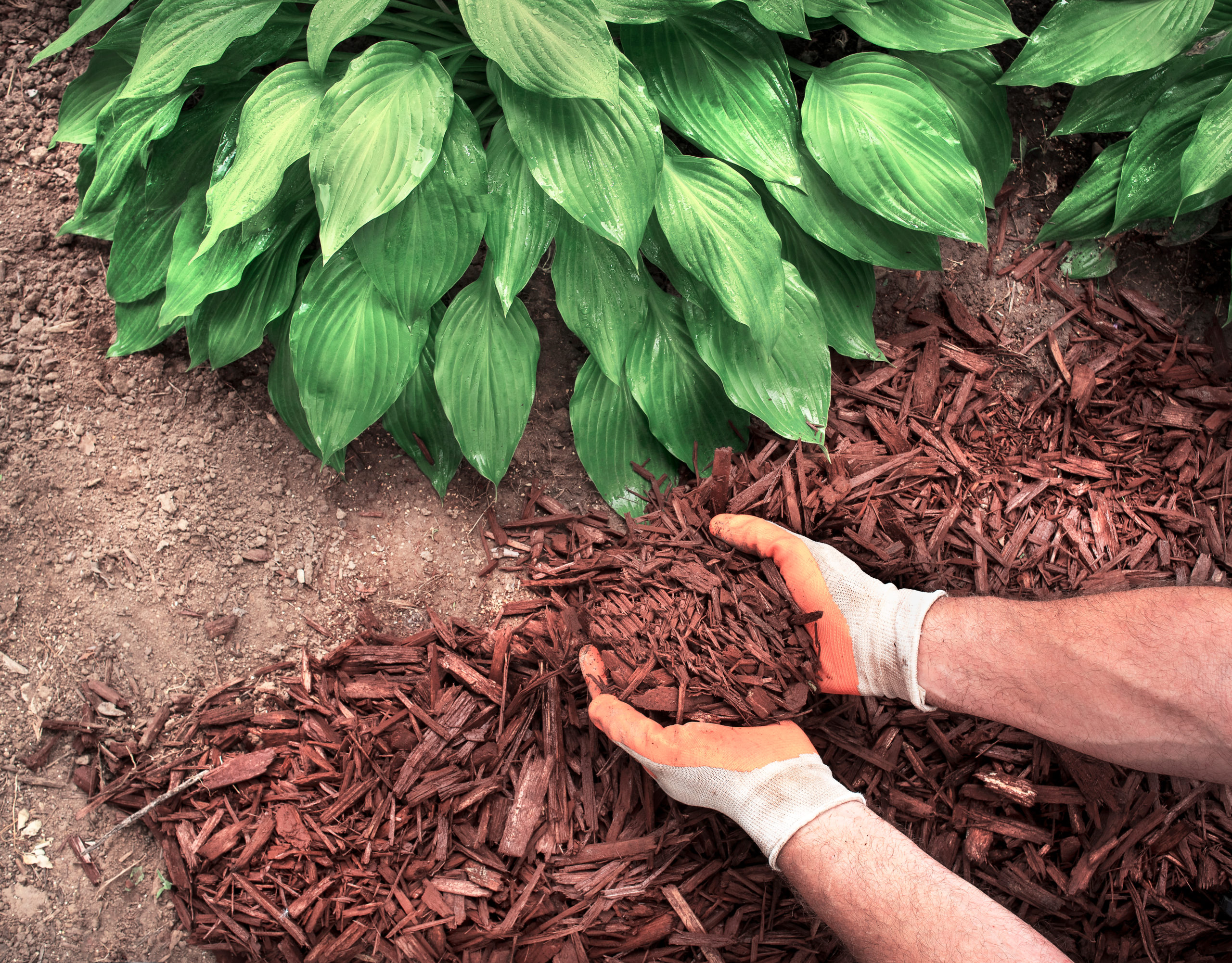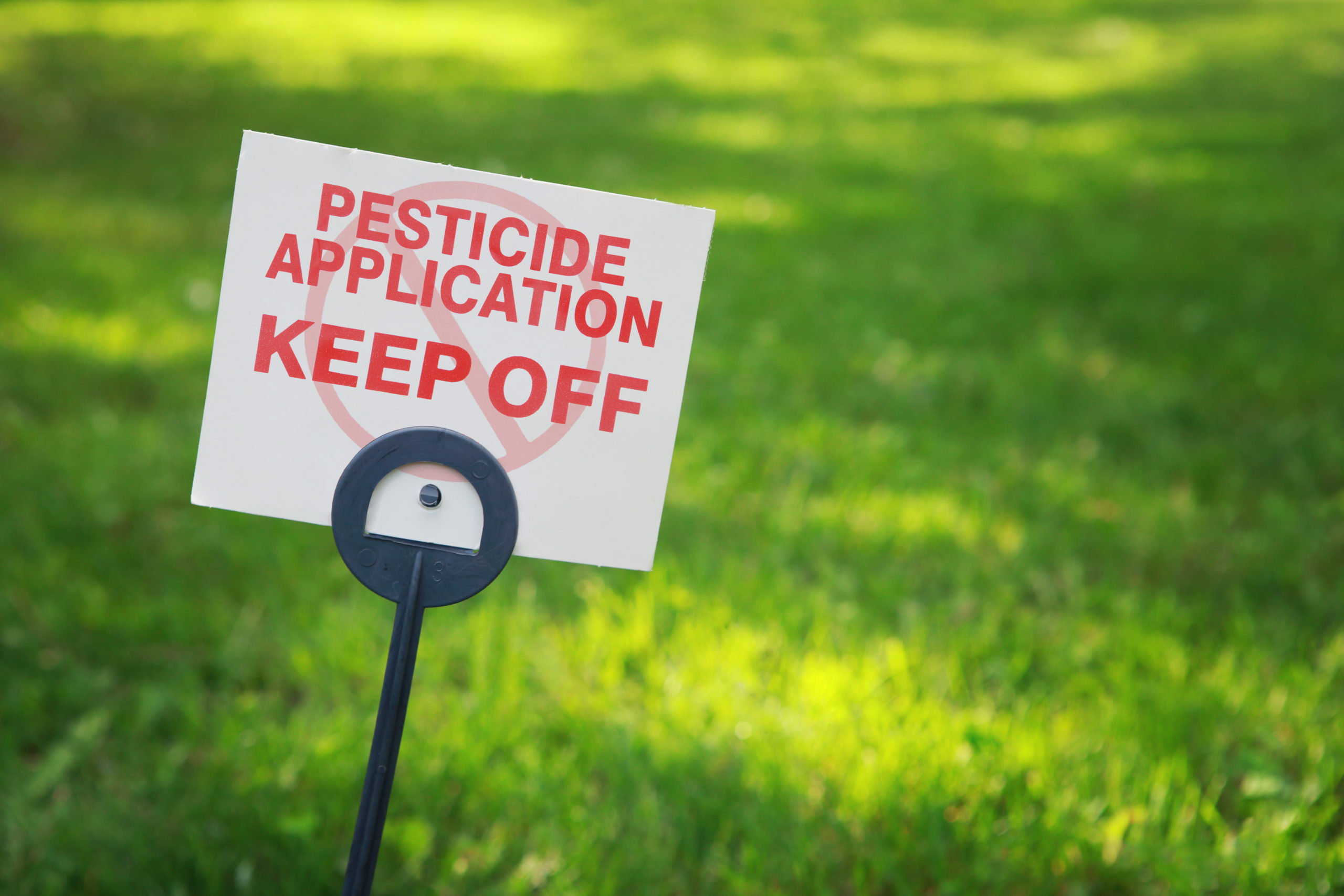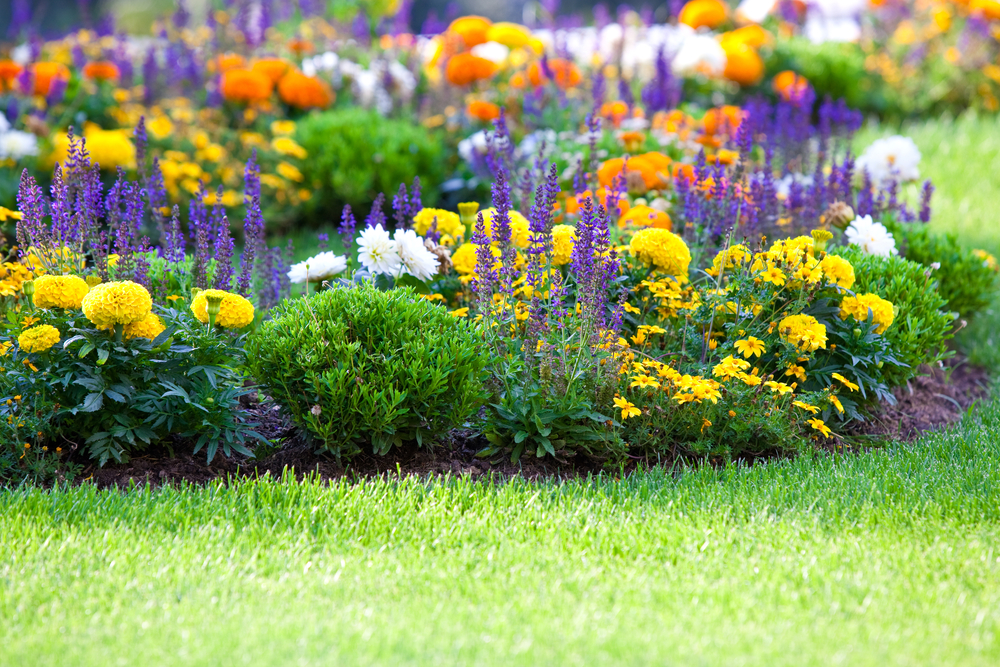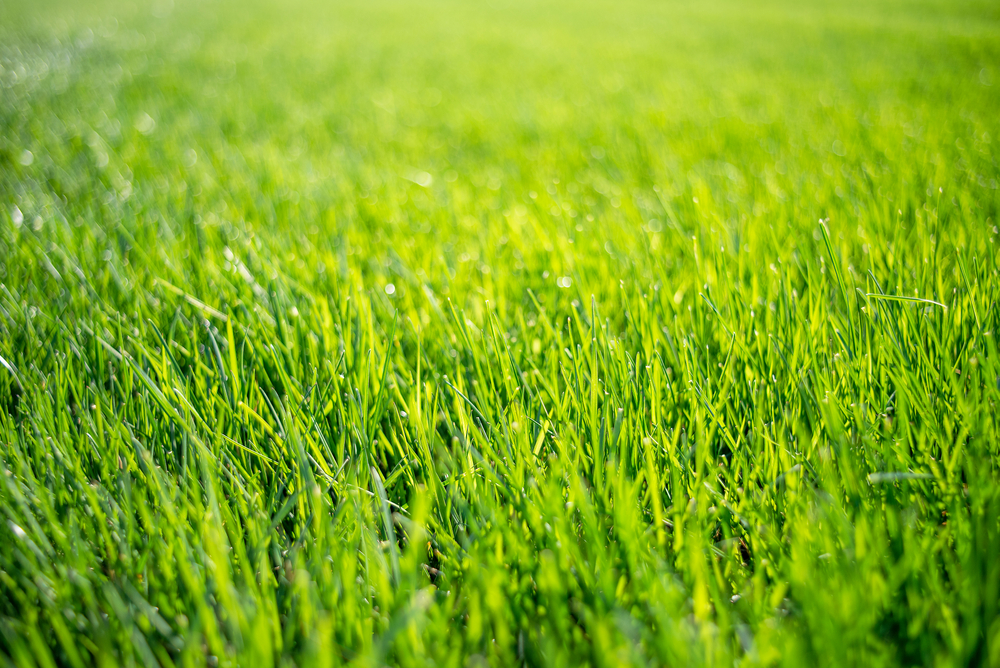How to Control Weeds
August 10, 2022



How did the weeds get into my yard?
Wind, water, animals, soil amendments, and even low-quality grass seed can carry weed seeds. Weeds will spread across your property once they reach. Even if you believe they’re gone for good, they might reappear.
This is based on the fact that weeds may lay inactive on a lawn for several years before sprouting. Before the seeds may germinate, they must reach the soil’s surface and get adequate sunshine and moisture.
Weeds on your lawn can have a significant impact on the health of your lawn, so how you control them is critical. You are most equipped to combat weed invasion if you can recognize common weeds and know how to handle each kind.
Effective Weed Control Methods
Weed control prevents weeds from reaching the mature stage of growth, at which point they can be destructive to your lawn or garden. It is achieved by the use of manual methods such as soil cultivation, mulch application, and herbicidal spray. The following are the most widely used weed control methods.
WEED CONTROL BY HAND
Manually pulling unwanted weeds with your hands or lawn care equipment is the most precise and ecologically friendly method of weed control on your property. Here are some pointers to remember when using this method:
- – It is far easier to get rid of them after a good rain.
- – As soon as a weed appears on your lawn, remove it.
- – Pull from the bottom, removing as much root as possible.
- – Use a garden fork, spike, or slim trowel to remove bigger weeds with extensive roots, like thistles or dandelions.
WEED CONTROL & PREVENTION BY USING HERBICIDES
Manual weed removal is not a realistic option for big areas that are completely overgrown with weeds. Herbicides may be the best option in certain conditions. Herbicides are highly efficient at controlling weed invasion and removing weeds when used properly. Herbicides are classified into two types:
- Systemic Herbicides: enter the plant through the roots and leaves and treat the plant from the inside out.
- Contact Herbicides: kills the plant from the outside & works their way in. destroy the weed by interfering with the photosynthetic process of the plant by targeting the exposed parts of the plant.
These weed control herbicides can either be selective or non selective.
Selective herbicides only destroy certain plants. These chemicals eliminate weeds without harming the lawn in the area where they grow.
Nonselective herbicides destroy all plants that come into contact with them. These are best used when planning to create a new lawn.
Herbicides are classified as either pre-emergent or post-emergent, and application time is important.
Pre-emergent herbicides are intended to be applied before the target weed germinates. They are a powerful preventive weed control method. Pre-emergent herbicides create a chemical barrier that prevents existing plants from being killed.
Post-emergent herbicides target weeds that have already germinated. Post-emergent weed killers are used in all contact weed killers. Post-emergents should be used later in the growing season, after weeds have begun to develop but before they seed.
ORGANIC WEED CONTROL
A safer option for you, your family, and your pets. Using organic weed control, lets you enjoy your lawn without the added worry to how it can affect your loved ones. Especially if your children or pets love to spend time outdoors.
They are likely to come in contact with your lawn and can even ingest the chemicals. Some chemical pesticides have been linked to cancer.
An organic weed control will allow you to enjoy your lawn after the spray application. When it comes to weed control in your flower beds, organic treatments are also a wonderful alternative.



If you need help from a professional, our Team here at GreenArmy® is here to help!
<Back to All Blogs